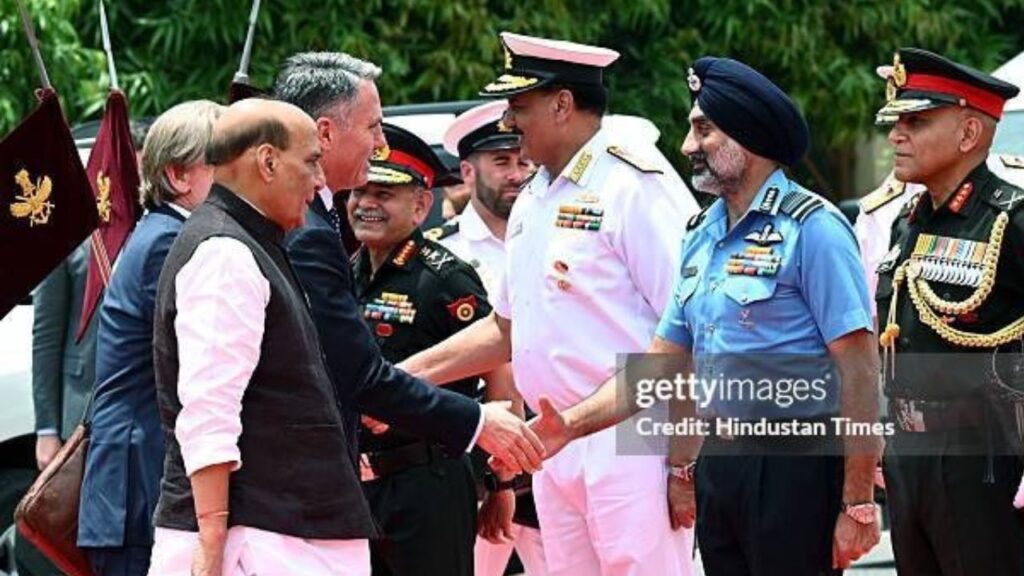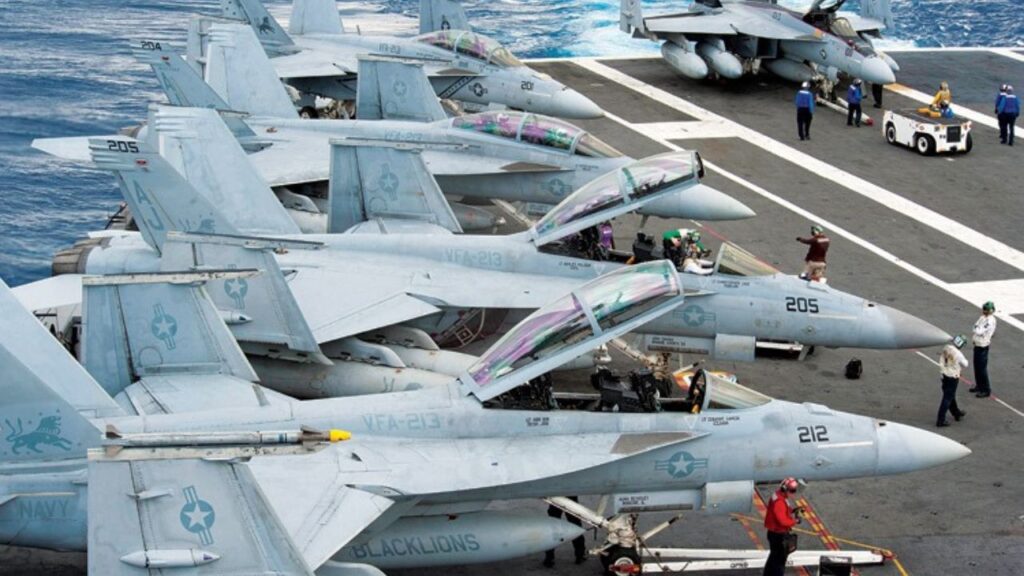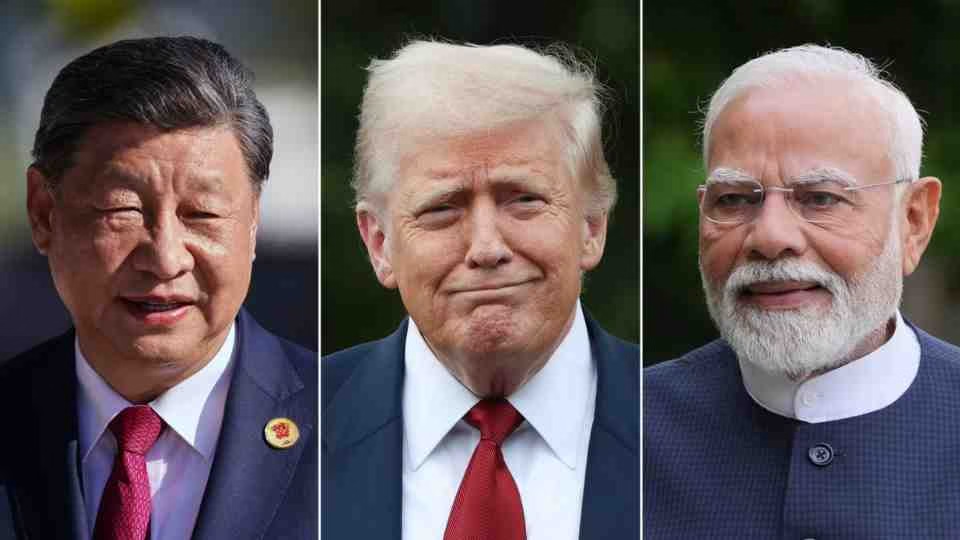IAF Chief Reveals Record-Breaking 300km Surface-to-Air Kill as India Claims 6 Pakistani Aircraft Shot Down
Air Marshal Singh Details Operation Sindoor’s Devastating Impact on Pakistani Military Infrastructure
Air Chief Marshal A P Singh delivered unprecedented details of Operation Sindoor’s success on Saturday, confirming that Indian forces destroyed at least five Pakistani fighter jets and one large aircraft during the May operation, including what he described as the “largest-ever recorded surface-to-air kill” at 300 kilometers.
Historic Long-Range Strike Destroys Pakistani Early Warning Aircraft
Speaking at the 16th Air Chief Marshal L M Katre Memorial Lecture in Bengaluru, Singh revealed that Indian forces successfully eliminated a large Pakistani aircraft – likely an ELINT (Electronic Intelligence) or AEW&C (Airborne Early Warning and Control) aircraft – from an extraordinary distance of 300 kilometers.
“We have at least five fighters confirmed killed and one large aircraft, which could be an ELINT aircraft or an AEW&C aircraft, which was taken out from a distance of about 300 kilometres, which is the largest-ever recorded surface-to-air kill that we can talk about,” the IAF Chief announced.
This marks the first time a senior Indian military officer has provided specific numbers for Pakistani aircraft losses since the operation concluded three months ago.

Major Damage Inflicted on Strategic Pakistani Air Bases
The IAF Chief provided detailed assessments of damage inflicted on key Pakistani military installations, with satellite imagery showing devastating impacts across multiple strategic locations.
At Shahbaz Jacobabad airfield, Singh reported that half of an F-16 hangar was destroyed, with aircraft likely damaged inside. “Here, there’s an F-16 hangar. One half of the hangar is gone. And I’m sure there were some aircraft inside that got damaged there,” he explained while showing captured images.
Indian forces successfully targeted at least two command and control centers at Murid and Chaklala, while destroying at least six radar installations of varying sizes across Pakistani territory.
Sargodha Air Base: A Career-Long Dream Realized
Singh revealed the personal significance of striking the legendary Sargodha air base, describing it as the fulfillment of a lifelong military ambition.
“We’ve grown up in the Air Force dreaming about days like this, someday we’ll get a chance to go there… I got my chance just before I retired… So we took on the airfield there,” the outgoing Air Chief said, highlighting the symbolic importance of the successful strike.
Additional damage was confirmed at Bholari, where intelligence indicates at least one AEW&C aircraft and several F-16s under maintenance were destroyed in specialized hangars.
S-400 System Proves “Game-Changing” Against Pakistani Air Power
The recently acquired S-400 surface-to-air missile system demonstrated decisive effectiveness, fundamentally altering the tactical landscape and preventing Pakistani aircraft from deploying their most advanced weaponry.
“The S-400 surface-to-air missile system, which was recently bought, has been a game-changer,” Singh emphasized. “The kill range of the S400 system kept their aircraft away from the maximum distance at which they could employ their long range air-to-ground weapons, like those long-range glide bombs that they have.”
The system’s extensive range prevented Pakistani forces from penetrating Indian airspace and deploying their most sophisticated long-range strike capabilities.
80-Hour Campaign Forces Pakistan to Seek Dialogue
Singh characterized Operation Sindoor as a “high-tech war” that achieved decisive results within 80 to 90 hours, compelling Pakistan to abandon military action and seek diplomatic resolution.
“In 80 to 90 hours of war, India was able to achieve adequate damage, which indicated to Pakistan that if they continued, they would pay for it more and more,” he explained. “So, they came forward and sent a message to our DGMO that they wanted to talk. This was accepted on our side.”
Complete Operational Freedom Granted to Military Leadership
The Air Chief revealed that political leadership provided unprecedented operational autonomy to military commanders, allowing them complete freedom in planning and execution without restrictions.
“There were no, I repeat, no restrictions on us. Full freedom was given to plan and execute. I must say that our attacks have been calibrated because we wanted to be mature about it,” Singh stated, emphasizing the measured approach despite unlimited authorization.
Military commanders were given authority over rules of engagement, escalation protocols, and tactical decision-making throughout the operation.
Pakistani Aircraft Unable to Penetrate Indian Defense Systems
Singh detailed the comprehensive effectiveness of India’s layered air defense network, which prevented any Pakistani aircraft from approaching critical installations.
No Pakistani aircraft could penetrate India’s Akash missile and MRSAM (Medium Range Surface to Air Missile) systems, with all Pakistani aircraft engaged by India’s LRSAM (Long Range Surface to Air Missile) capabilities. While Pakistani forces attempted to maintain safe distances, they remained within Indian engagement range.
Strategic Message: Deep Strike Capability Demonstrated
The operation’s primary strategic objective was demonstrating India’s ability to strike Pakistani territory at will, rather than focusing on individual targets.
“The idea was not to attack one particular airfield, but to signal that Pakistan can be attacked deep inside, at will, and wherever India wants,” Singh explained, highlighting the broader deterrent message sent to Pakistani military leadership.
Recovered Pakistani Drones Provide Intelligence Windfall
Indian forces recovered numerous Pakistani unmanned aerial vehicles and drones, some with missiles that had fallen within Indian territory, providing valuable intelligence opportunities.
“These were being studied so we can make out what they did, where they were launched from, what route they followed, what kind of systems they had, what generation they belonged to, what kind of features they had,” Singh detailed.
Indian Aircraft Losses Acknowledged by Senior Officials
While Singh did not detail Indian losses, other senior officials have acknowledged aircraft casualties during the operation. Chief of Defence Staff General Anil Chauhan admitted to losing an unspecified number of aircraft in May.
Director General Air Operations Air Marshal A K Bharti confirmed that losses were “part of any combat” while maintaining that all objectives were achieved and pilots returned home safely.
Defence Attache Captain Shiv Kumar revealed that initial Indian aircraft losses occurred due to political constraints preventing attacks on Pakistani air defenses, leading to tactical changes and the successful use of BrahMos missiles.

Defence Minister Emphasizes Strategic Success Over Tactical Details
Defence Minister Rajnath Singh defended the operation’s success in Parliament, redirecting focus from aircraft losses to strategic achievements.
“Did India destroy terror bases? Yes. Was Operation Sindoor successful? Yes. Were the masters of terrorists who wiped off sindoor from the foreheads of our sisters destroyed? Yes. Did our soldiers face any losses? No,” Singh declared.
He urged critics to “focus on big things, not small ones” to maintain focus on broader strategic success and military honor.
Balakot Legacy Addressed Through Transparent Communication
Singh acknowledged lessons learned from previous Balakot air strikes, where India faced challenges communicating achievements to domestic and international audiences.
“So, I’m happy that this time we were able to take care of that ghost of Balakot, that we were able to tell the world what we have achieved,” he stated, indicating improved strategic communication following Operation Sindoor.
The detailed disclosure represents a significant departure from previous military operations, providing unprecedented transparency about tactical successes and strategic outcomes in India-Pakistan military engagements.






